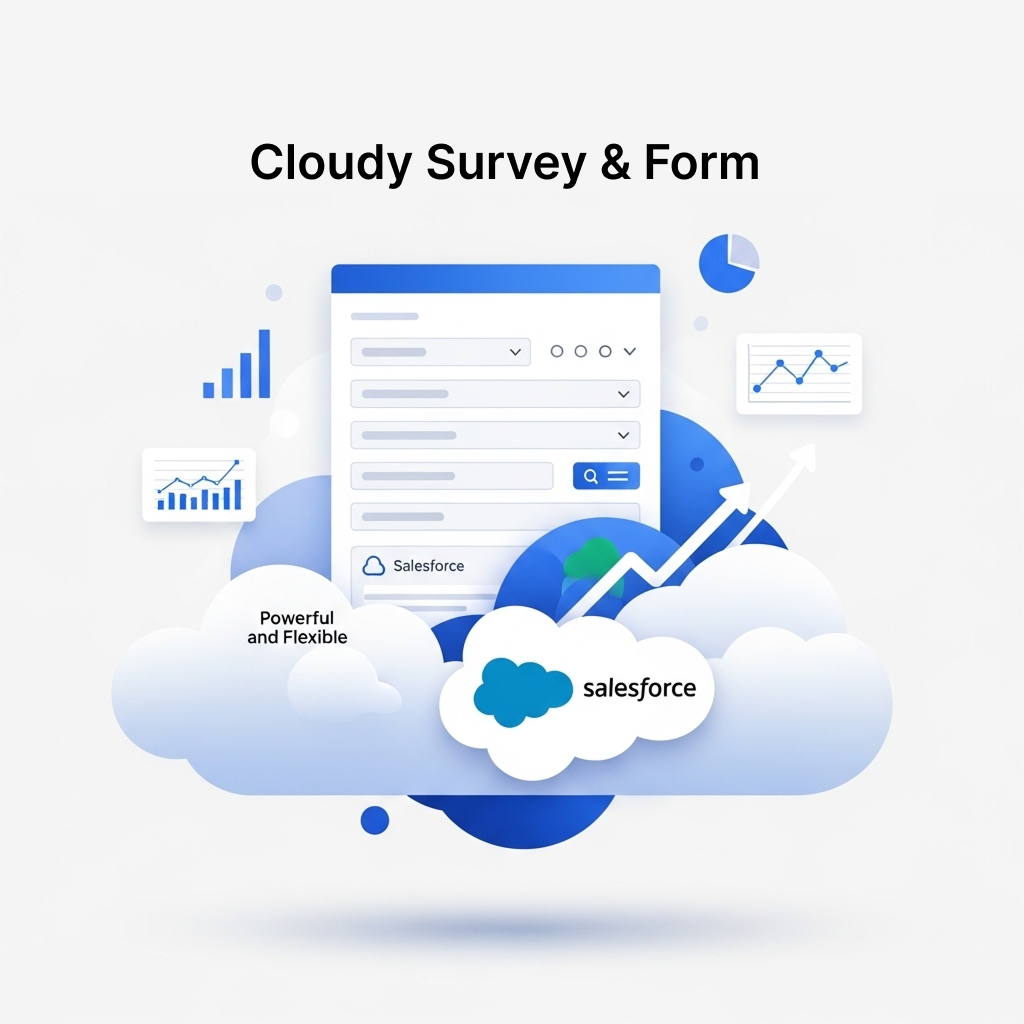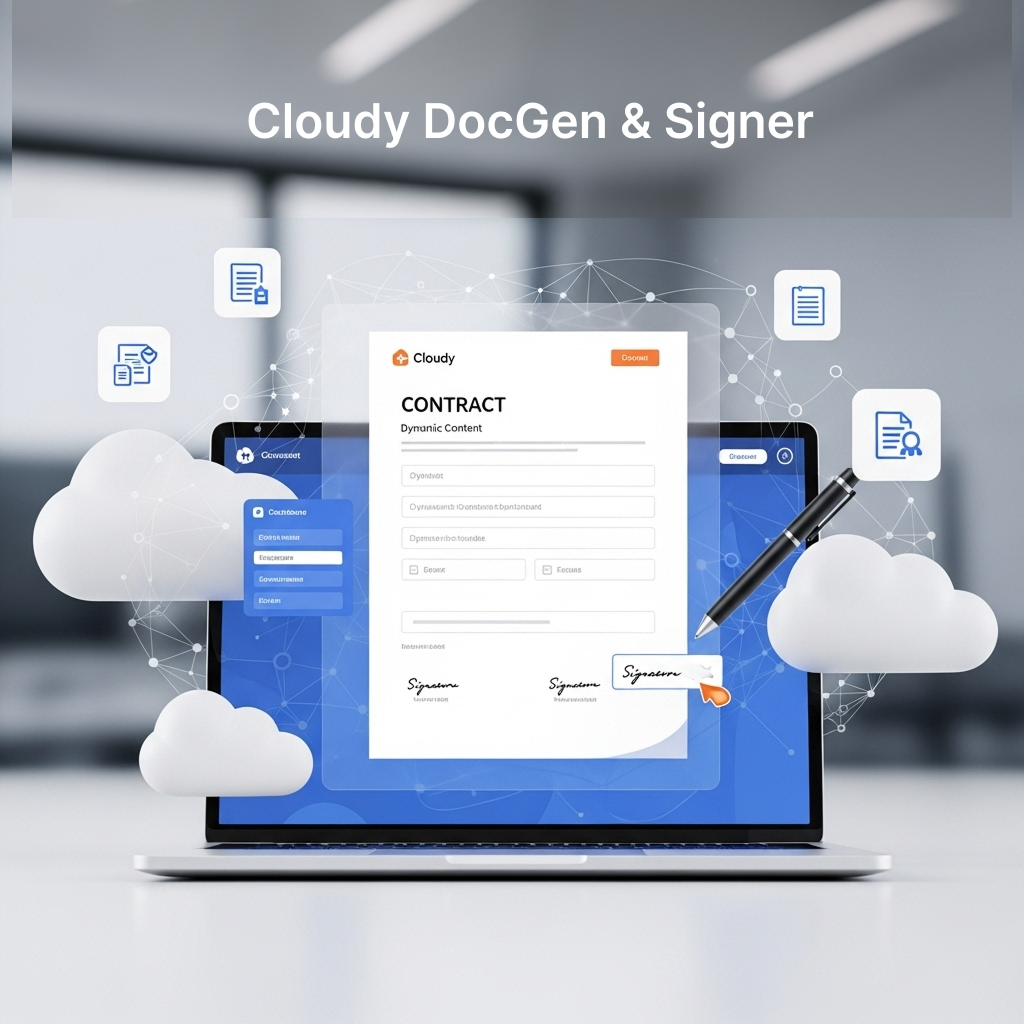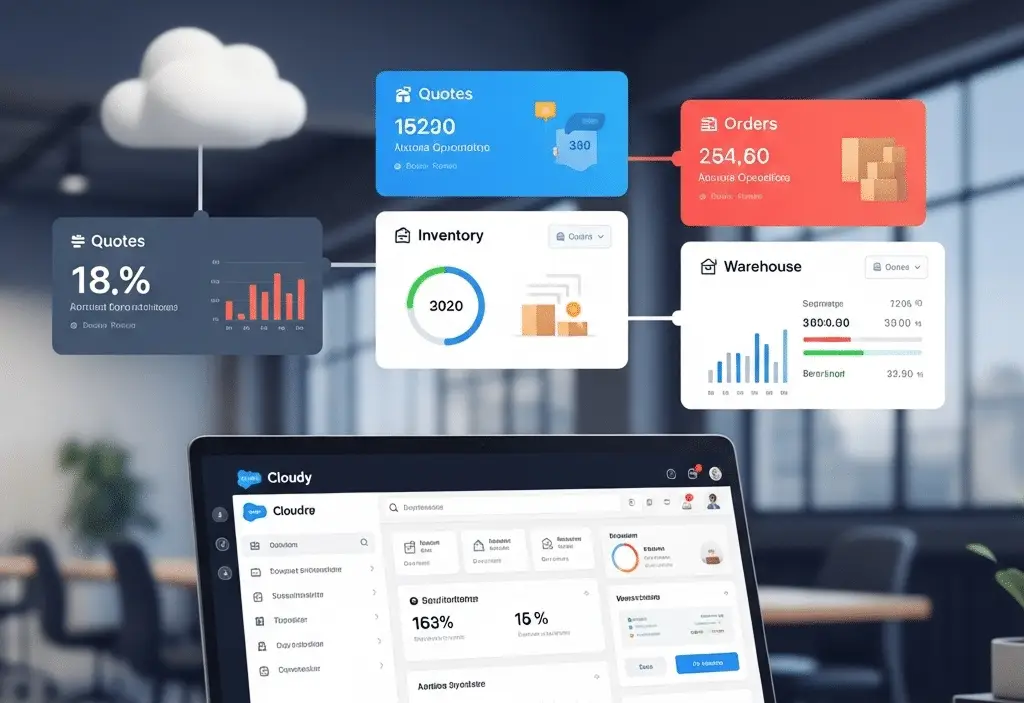
 Rich text Editor Functionality
Rich text Editor Functionality
The Rich Text Editor (RTE) provides an intuitive interface for creating, editing, and formatting text-based content. It supports a wide range of text styling, layout, and content insertion options to help users build professional, dynamic, and visually engaging documents or templates. The editor also allows users to dynamically insert fields, related lists, variables, and interactive elements from Salesforce or connected data sources — making it highly flexible for personalized, data-driven content.
Key Features
- Text Formatting
The editor supports standard text formatting features:
- Bold, Italic, Underline, and Strikethrough
- Uppercase / Lowercase conversion
- Subscript / Superscript
- Subscript: Positions text slightly below the baseline (e.g., H₂O)
- Superscript: Positions text slightly above the baseline (e.g., 2³ = 8)
- Headings & Paragraphs: Apply headings (H1–H6), paragraphs, quotes, or code blocks for structure and readability.
- Font Options: Change font family, size, color, and alignment (left, right, center, justify).
- Remove Formatting: Clears all applied styles, returning the content to plain text.
- Undo / Redo: Quickly revert or reapply recent edits.
- Lists and Indentation
- Numbered Lists & Bullet Points: Organize content for better clarity.
- Indentation Controls: Increase or decrease text indentation for layout precision.
- Cut, Copy, Paste, and Select All
- Cut: Removes selected text and places it in the clipboard.
- Paste: Inserts clipboard content at the cursor location.
- Select All: Highlights all content in the editor for bulk actions.
- Paste Options Popup:
- Keep: Keeps original formatting and HTML.
- Insert as Text: Inserts text with its HTML structure and styles.
- Insert Only Text: Pastes as plain text without formatting.
- Cancel: Discards the paste action.
- Tables
The editor allows users to insert and fully manage tables with rich customization options.
Table Features:- Insert / Delete:
- Add or remove rows, columns, or entire tables.
- Empty Cell: Clears cell content without deleting the cell.
- Merge / Split Cells: Combine or divide cells vertically or horizontally.
- Alignment Options:
- Text Alignment: Left, Center, Right, or Justify.
- Vertical Alignment: Top, Middle, Bottom, or Normal.
- Color Options:
- Text Color
- Background Color
- Border Color
- Add Rows/Columns: Insert new rows or columns before or after selection.
These features help users create structured, data-rich tables with flexible formatting.
- Insert / Delete:
- Insert Media and Objects
- Insert Images
- Supports image formats: PNG, JPEG, TIFF, SVG, ICON
- Maximum file size: 5 MB
- Users can upload new images or select existing ones stored in Salesforce.
- Insert File
- Embeds downloadable files directly into the content.
- Dialog Fields:
- URL: Location of the file.
- Alternative Text: Description for accessibility.
- Insert Button: Confirms and adds the file link to the editor.
- Insert Horizontal Line
- Adds a horizontal divider for visual separation between content sections.
- Insert Symbols / Special Characters
- Includes a library of common symbols (©, ™, →, etc.) and special characters for enhanced readability.
- Insert Images
- Insert and Manage Links
The Insert Link feature enables users to add hyperlinks to text or images.- Dialog Fields:
- URL: Destination of the link (e.g., https://www.example.com).
- Text to Display: The visible, clickable text shown in the editor.
- Class Name (optional): Allows applying custom CSS classes for styling (e.g., btn btn-primary).
- Additional Options:
- Unlink: Removes an existing hyperlink while retaining the text.
- Update: Saves changes to an existing link.
- Hover Toolbar Options:
- Open: Opens the linked URL in a new tab.
- Edit: Reopens the link dialog for modifications.
- Unlink: Quickly removes the link.
- Color: Adjusts link text or background color directly from the editor.
- Dialog Fields:
- Dynamic Content Integration
The Rich Text Editor supports inserting Salesforce data dynamically.- Target Object
- The primary object on which the document or template is based.
- Supports up to 5-level field hierarchy for field references (e.g., Opportunity.Account.Owner.Name).
- Interactive Fields
- Embed dynamic Salesforce fields such as Checkbox , Currency , Date, Email, Picklist and Text.
- Fields update automatically based on user or contextual data.
- Global Variables
- Insert commonly used global variables, including:
- Date/Time: Current date and time.
- User Fields: Current logged-in user details.
- Organization Fields: Company name, address, and related data.
- Insert commonly used global variables, including:
- Additional Objects
- Add fields from other related objects (besides the target object) to enrich templates.
- Supports up to 5 hierarchical levels for complex data relationships.
- Related Lists
- Display lists of records related to the target object (e.g., Opportunity → Products).
- Allows filtering, expanding, and selecting fields for better data visualization.
- Target Object
- Source Code
- Source Code View / Change Mode: Lets advanced users view and edit the HTML source directly.
Purpose: Ensures formatting, layout, and interactive elements appear correctly.
- Source Code View / Change Mode: Lets advanced users view and edit the HTML source directly.
- Character andWord Count
- CHARS: Displays the total number of characters in the editor, including content but excluding white spaces and HTML tags.
- WORDS: Shows the total number of words in the content.
![]() SEE ALSO :
SEE ALSO :
____👉Document Template Creation












